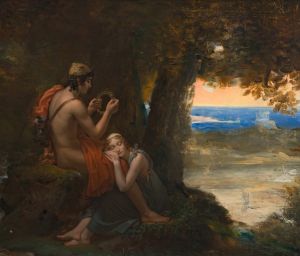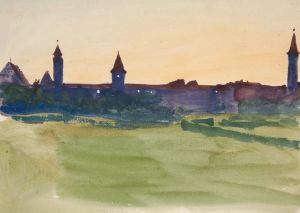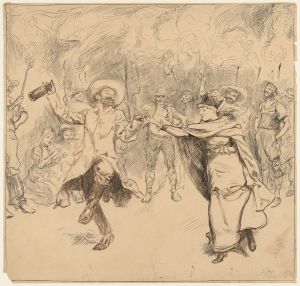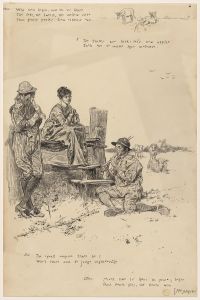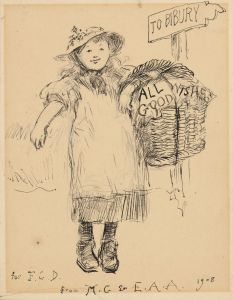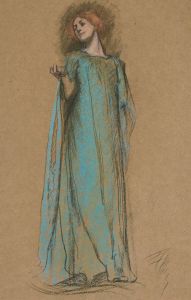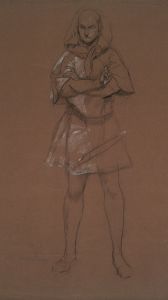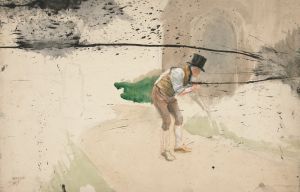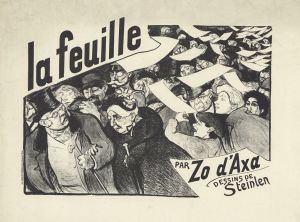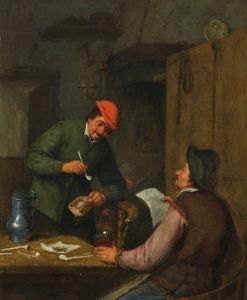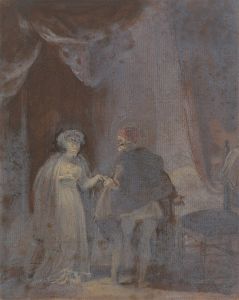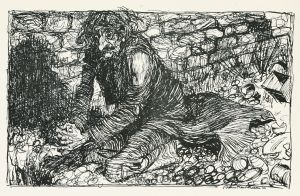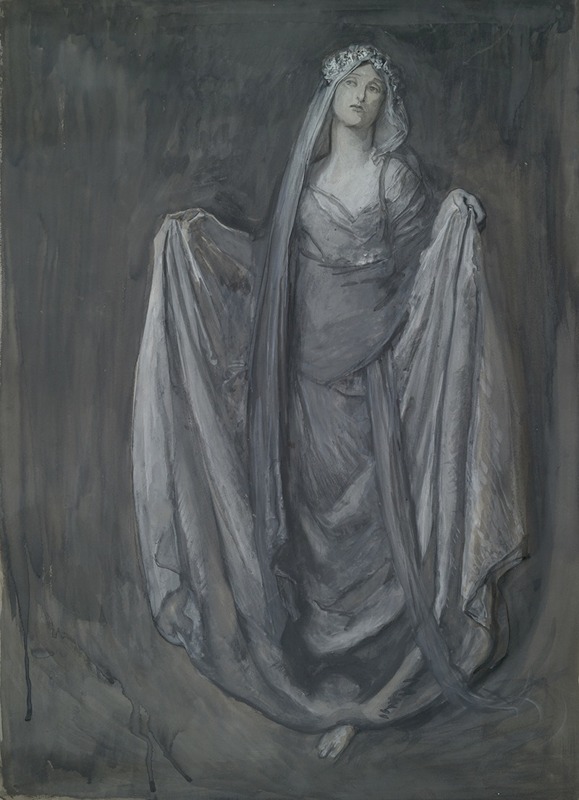
Study for Blanchefleur
A hand-painted replica of Edwin Austin Abbey’s masterpiece Study for Blanchefleur, meticulously crafted by professional artists to capture the true essence of the original. Each piece is created with museum-quality canvas and rare mineral pigments, carefully painted by experienced artists with delicate brushstrokes and rich, layered colors to perfectly recreate the texture of the original artwork. Unlike machine-printed reproductions, this hand-painted version brings the painting to life, infused with the artist’s emotions and skill in every stroke. Whether for personal collection or home decoration, it instantly elevates the artistic atmosphere of any space.
Edwin Austin Abbey was an American artist known for his illustrations and paintings, particularly those that drew inspiration from literature and history. One of his notable works is "Study for Blanchefleur," which is a preparatory piece related to his larger body of work that often depicted scenes from medieval and Arthurian legends.
Edwin Austin Abbey was born in 1852 in Philadelphia, Pennsylvania. He began his career as an illustrator, working for Harper's Weekly and other prominent publications of the time. Abbey's work was characterized by its attention to detail and historical accuracy, which made him a popular choice for illustrating classic literature. His interest in medieval themes and the Arthurian legends was a significant aspect of his artistic output.
"Study for Blanchefleur" is a drawing that reflects Abbey's fascination with the medieval period and its romanticized narratives. Blanchefleur is a character from the Arthurian legends, often associated with the story of Percival, one of the Knights of the Round Table. In these legends, Blanchefleur is typically depicted as a noblewoman of great beauty and virtue, often serving as a love interest or a figure of inspiration for the knights.
Abbey's study likely served as a preparatory work for a larger painting or illustration, a common practice among artists to explore composition, form, and details before committing to the final piece. The study would have allowed Abbey to experiment with the portrayal of Blanchefleur, capturing her grace and elegance, which were central to her character in the legends.
Abbey's work was heavily influenced by the Pre-Raphaelite Brotherhood, a group of English painters, poets, and critics founded in 1848. The Pre-Raphaelites sought to return to the detail, intense colors, and complex compositions of Quattrocento Italian art. Abbey's adoption of these stylistic elements is evident in his meticulous approach to historical and literary subjects.
In 1883, Abbey moved to England, where he spent much of his career. His relocation allowed him to immerse himself in the rich history and culture that inspired much of his work. Abbey's dedication to authenticity and his ability to capture the essence of historical and literary figures earned him significant acclaim. He was elected to the Royal Academy in 1898, a testament to his impact and recognition in the art world.
"Study for Blanchefleur" is a testament to Abbey's skill as a draftsman and his deep engagement with the themes of chivalry and romance. While the study itself may not be as widely recognized as some of his completed paintings, it provides insight into his artistic process and his commitment to bringing legendary figures to life through art.
Abbey's legacy continues to be appreciated for its contribution to the illustration of literary classics and its role in the broader context of American and British art during the late 19th and early 20th centuries. His works remain a valuable part of collections in museums and galleries, reflecting the enduring appeal of the stories and characters he depicted.





